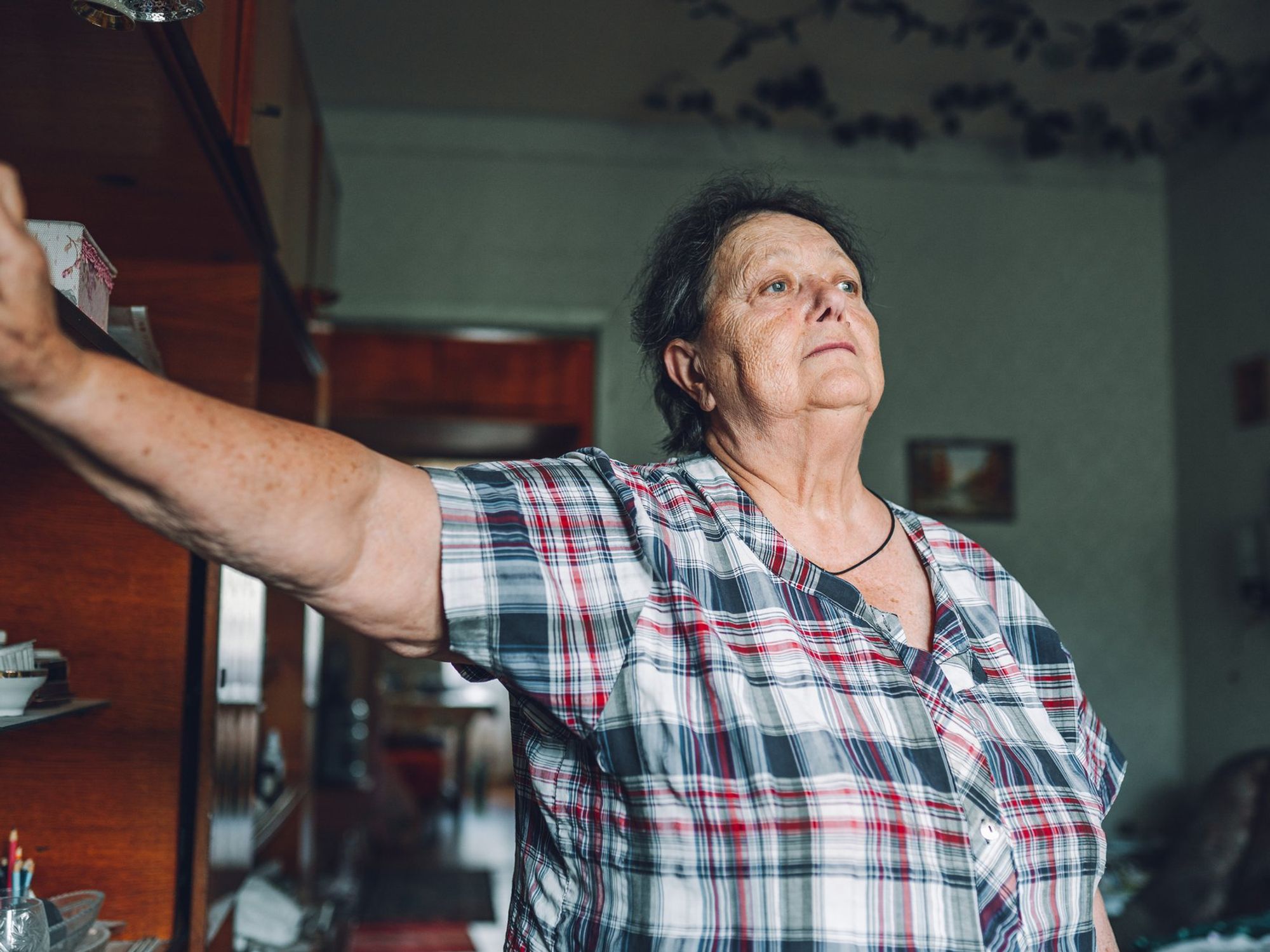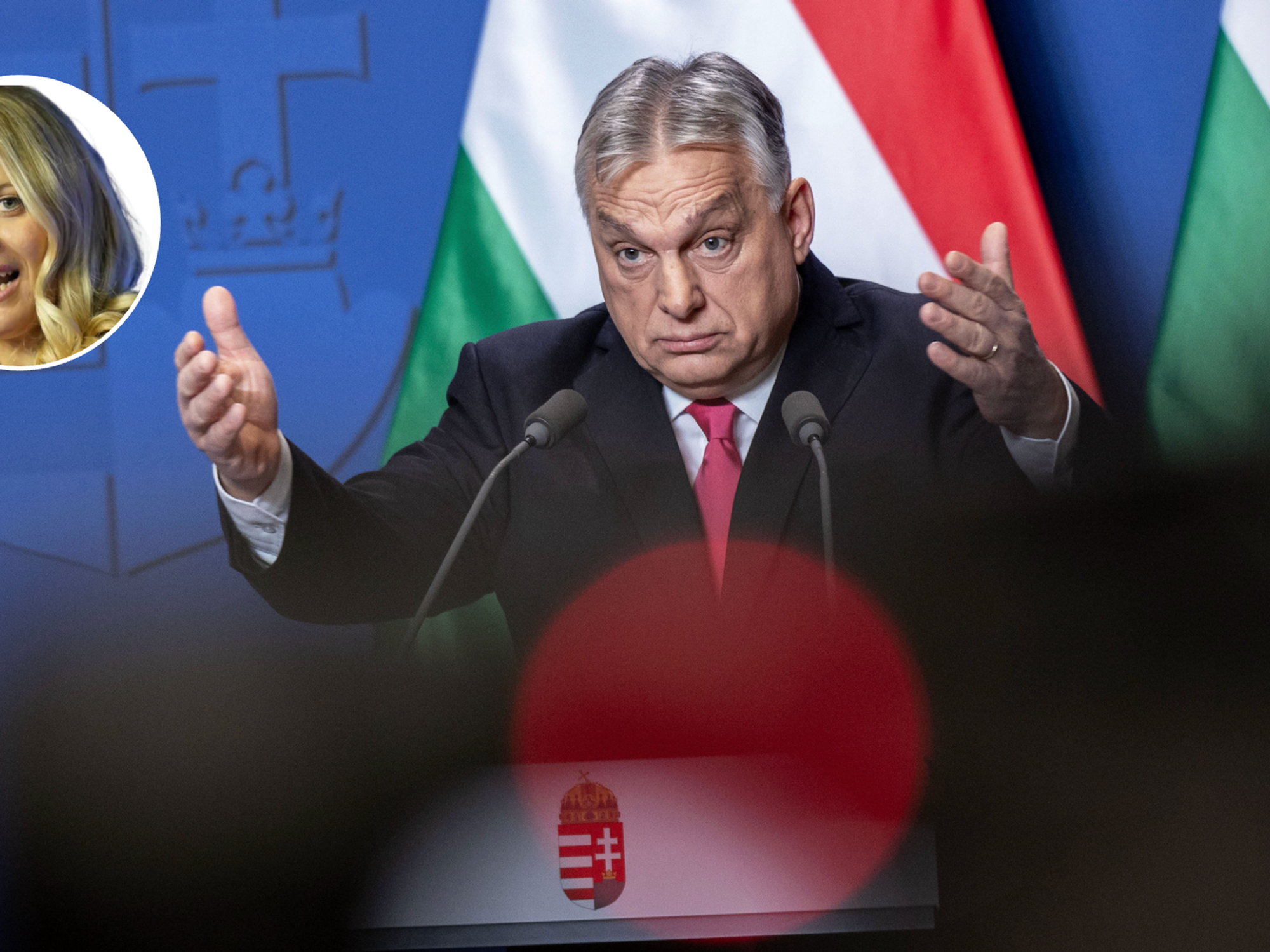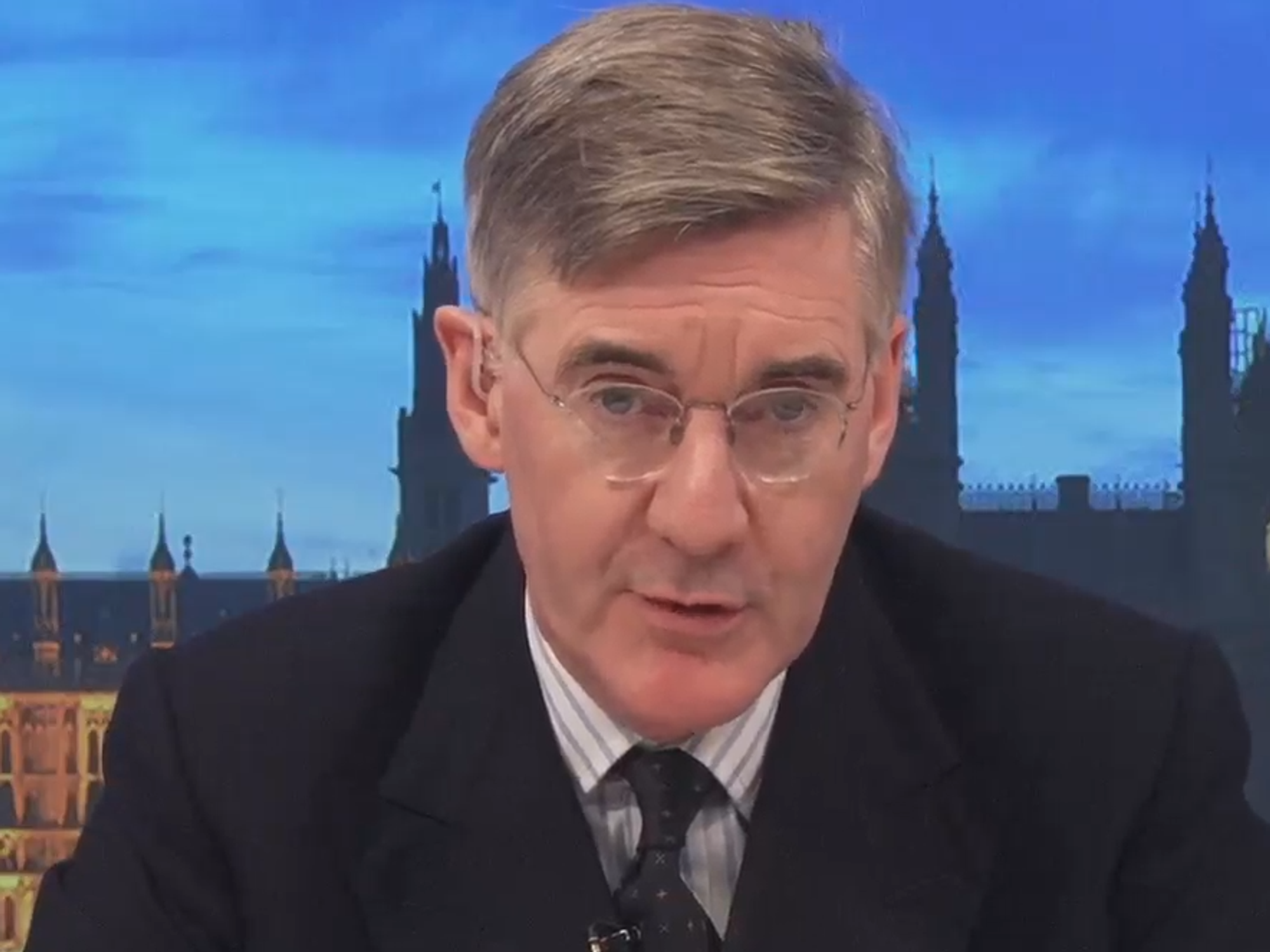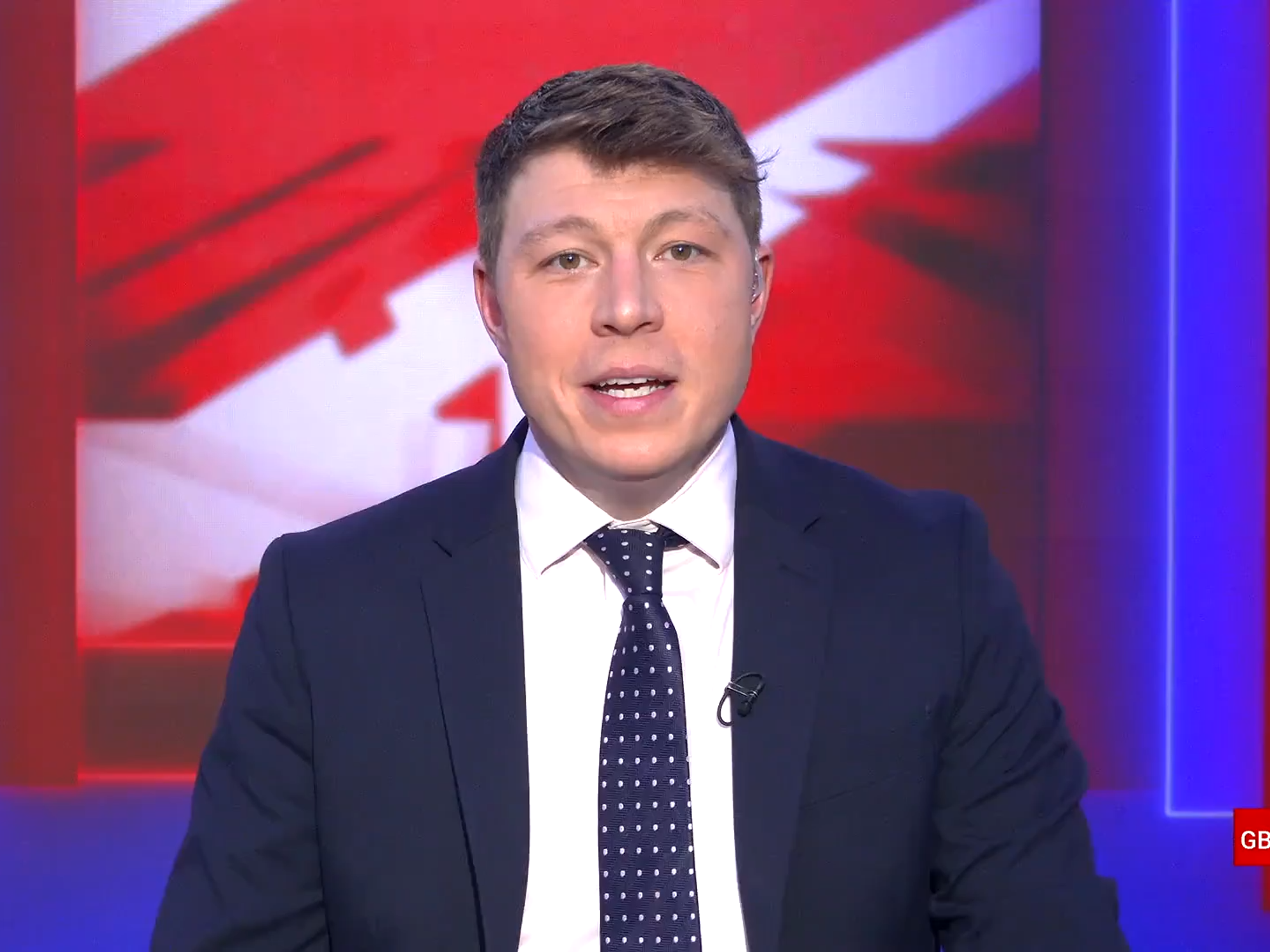Nine ways HMRC may be taking more of your money as tax burden on course to hit highest level since WW2

Chancellor Jeremy Hunt and Rishi Sunak when he was Chancellor have frozen income tax thresholds - which won't rise until 2028
|GETTY

In an exclusive analysis for GB News members, a chartered financial planner explains where and how fiscal drag is operating
Don't Miss
Most Read
Income tax thresholds have been frozen until 2028, dragging more and more pensioners and working-age Britons into higher tax nets.
However, it's not just the ongoing six-year tax freeze which is contributing to the UK's tax burden, which is on course to hit its highest level since the Second World War in 2027-28.
As well as the personal allowance and higher rate income tax band freeze, there are other tax thresholds and allowances which have been frozen for years, despite inflation and wages rising.
Sean McCann, chartered financial planner at NFU Mutual, compiled a list of nine other tax thresholds or allowances which have not been uprated over the years.
Do you have a money story you'd like to share or a financial problem you'd like GB News to investigate? Get in touch by emailing money@gbnews.uk.

Sean McCann is a chartered financial planner at NFU Mutual
|NFU MUTUAL
Frozen allowances/thresholds
High Income Child Benefit Tax Charge
Current level: £50,000 and entirely lost at £60,000
Since: January 2013
Threshold for losing part of personal allowance:
Current level: £100,000
Since: April 2010
Inheritance tax nil rate band
Current level: £325,000
Since: April 2009
Inheritance tax residence nil rate band
Current level: £175,000
Since: April 2020
Personal savings allowance
Current level: £1,000 for basic rate taxpayers and £500 for higher rate taxpayers
Since: April 2016
ISA allowance
Current level: £20,000 for adults
Since: April 2017
Current level for Junior ISA: £9,000
Since: April 2020
Maximum pension contribution (if no earnings)
Current level: £3,600
Since: April 2001
Upcoming allowance cuts
Dividend allowance
Current level: £1,000 and will be cut to £500 from April 6, 2024
Previous level: £5,000 in 2017/18 and £2,000 from April 6 2018 to April 5 2023
Capital gains tax exemption
Current level: £6,000 and will be cut to £3,000 from April 6, 2024
Previous level: £12,300 in 2022/23
Inheritance tax
With the average inheritance tax bill now standing at £213,000 for those affected by it, Mr McCann said “it’s time” the thresholds were uprated.
He told GB News: “Although the average IHT bill is skewed by the wealthiest taxpayers, increases in property prices, and frozen tax-free allowances mean that a growing number of families are facing a liability.
“The main tax-free allowance of £325,000 hasn’t changed since 2009 and the residence nil-rate band of £175,000 hasn’t changed since 2020. Had they kept pace with inflation the main tax-free allowance would be worth almost £500,000 per person and the residence nil rate band would now be more than £210,000, meaning couples with children could leave a combined total of £1.4million tax-free.
“There have been reports that the Government is actively considering scrapping inheritance tax in the run-up to the election as a potential vote winner, even if it doesn’t materialise, there’s no doubt that it is ripe for reform.”
The most recent figures show less than four per cent of estates are affected by inheritance tax, although experts are warning more households could be hit by the levy in the future.
ISA allowances
Had the main ISA allowance not been frozen at £20,000 for seven years, since April 2017, and instead been revalued in line with inflation, it would now be closer to £25,500, Mr McCann said.
If the Junior ISA had been linked to inflation rather than been fixed at £9,000 since April 2020, it would now be almost £11,000.
Mr McCann said: ‘’ISAs act as a valuable shield protecting returns on cash savings and investments from UK income tax and capital gains tax, which can make a big difference to returns over the long term.
“Similarly, the Junior ISA allowance which many families use to give their children help with the cost of university or a deposit for a first home has remained fixed at £9,000 since April 2020."
The chartered financial planner said that as the amount of tax-free dividends has been slashed from £5,000 in 2017 to £1,000 and will be cut to £500 in April, and the annual capital gains tax exemption has been cut from £12,300 to £6,000 and will be reduced to £3,000 a year from April, the ISA allowance "has never been more valuable to investors".
LATEST DEVELOPMENTS:
Pension saving
People without earned income (including children) can invest up to £2,880 each tax year into a pension, which HMRC tops up with tax relief of £720, giving a maximum of £3,600 - a threshold which hasn't risen since 2001.
Mr McCann said: “The Government recognised back in 2001 the importance of helping those without earned income invest for their retirement, including those taking a career break to retrain or bring up children.
"They were also keen to encourage families to invest for their children’s futures by starting a retirement fund. Those without earned income can invest up to £2,880 each tax year into a pension, which HMRC top up with tax relief of £720, giving a maximum of £3,600.
“This limit has not changed for more than twenty years, had it kept pace with inflation, those without earned income, including retirees under age 75 would be able to invest nearly £6,500 each tax year into a pension.”
Personal allowance
The standard personal allowance is currently £12,570, allowing individuals to receive the first £12,570 of taxable income without it being subject to income tax.
Once a person's individual income reaches £100,000, for every £2 of income over the £100,000 threshold, the personal allowance decreases by £1. It means the tax-free personal allowance is lost completely when income reaches £125,140.
Mr McCann said: "Crossing the £100,000 income barrier is an ambition many strive for; however, it often comes with a nasty tax surprise, with earnings between £100,000 and £125,140 effectively taxed at 60 per cent, or 62 per cent if you include National insurance.
“The number of people being caught in this tax trap is growing as earnings increase.
"The £100,000 threshold has been frozen for more than a decade, had it been increased in line with inflation, only those with incomes of more than £147,000 would be affected. One way high earners can mitigate the impact of this tax trap is to pay more into their pension.”










